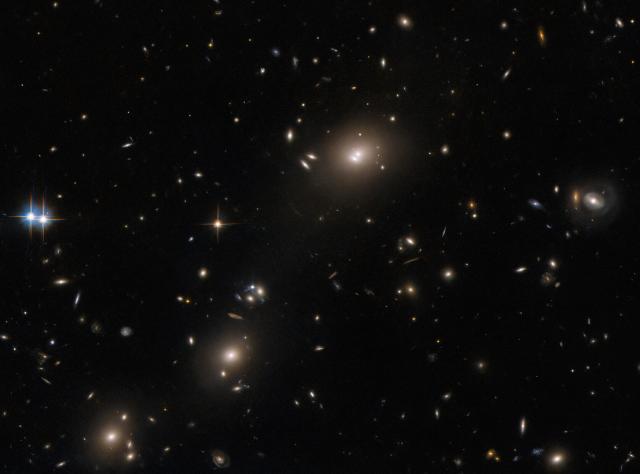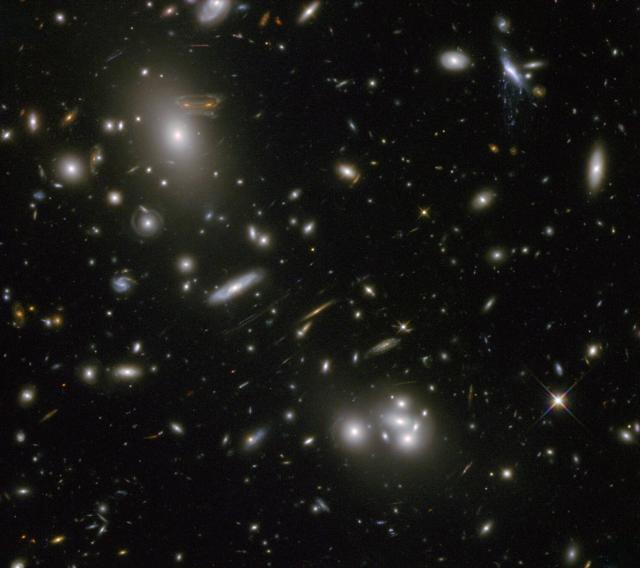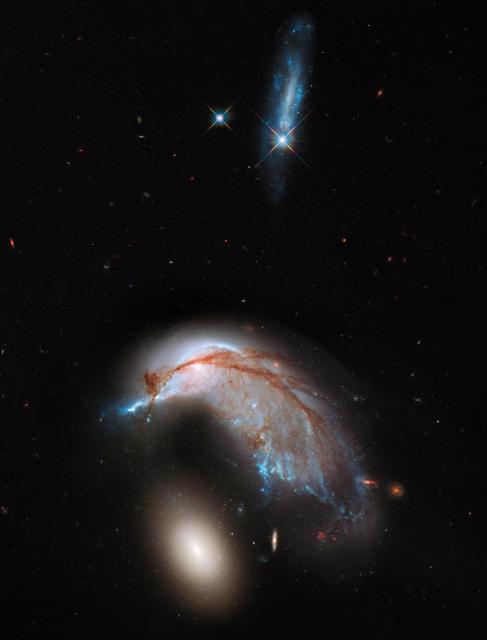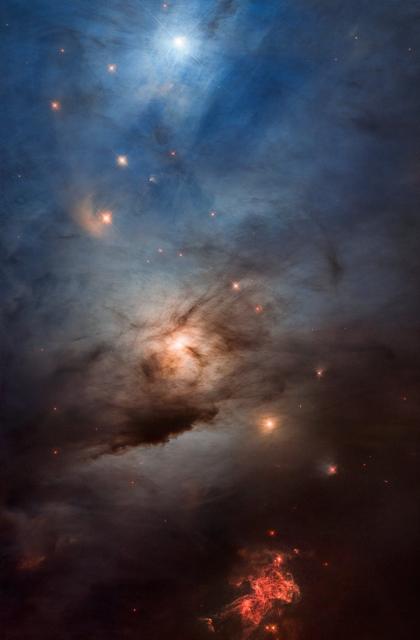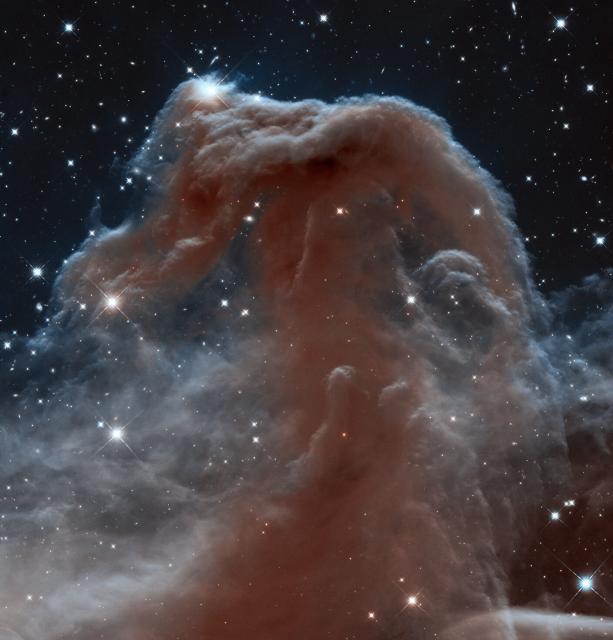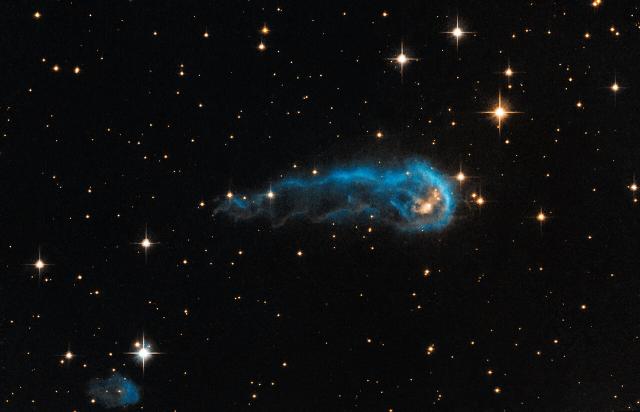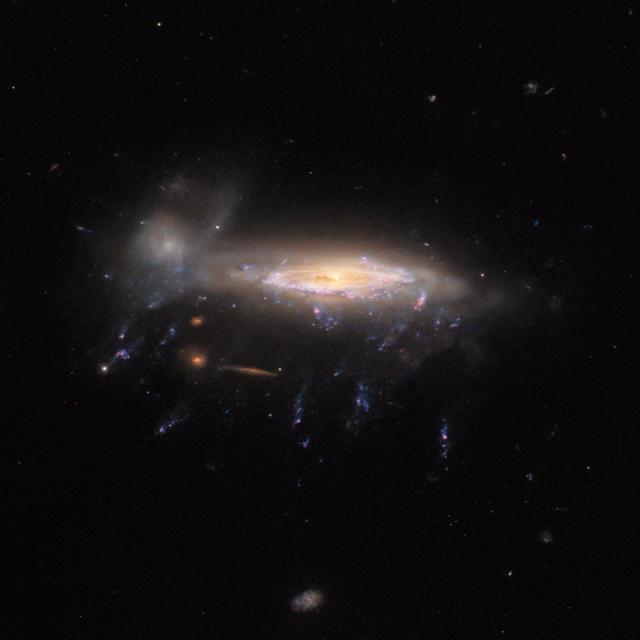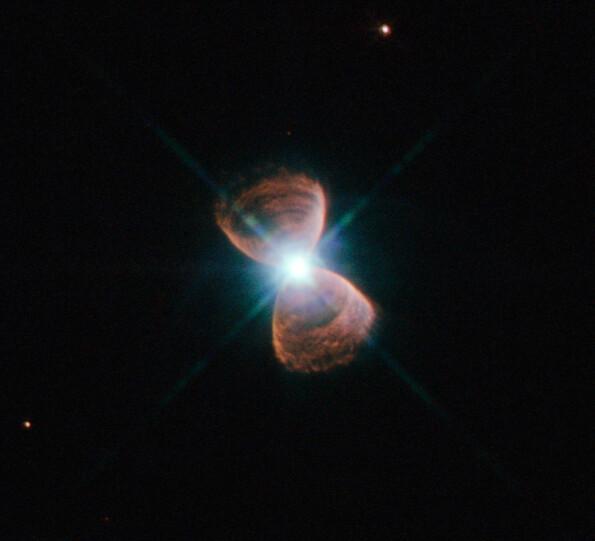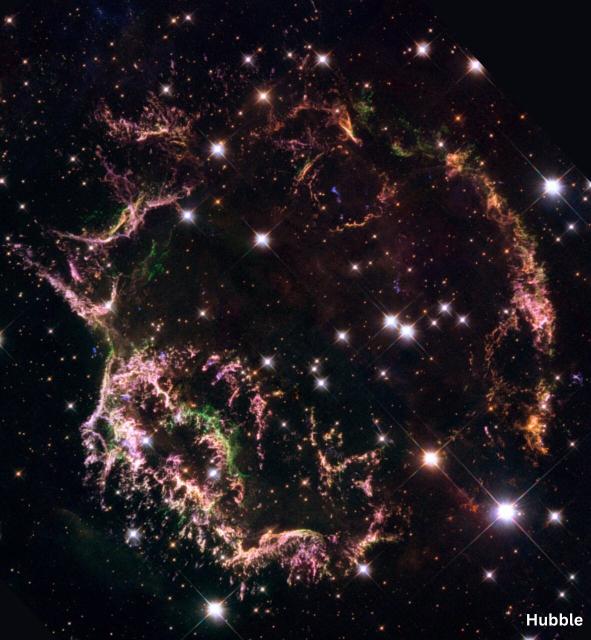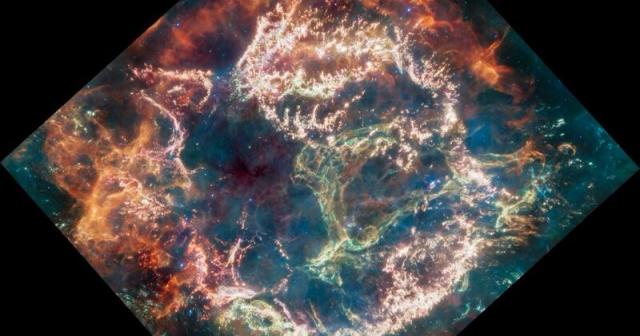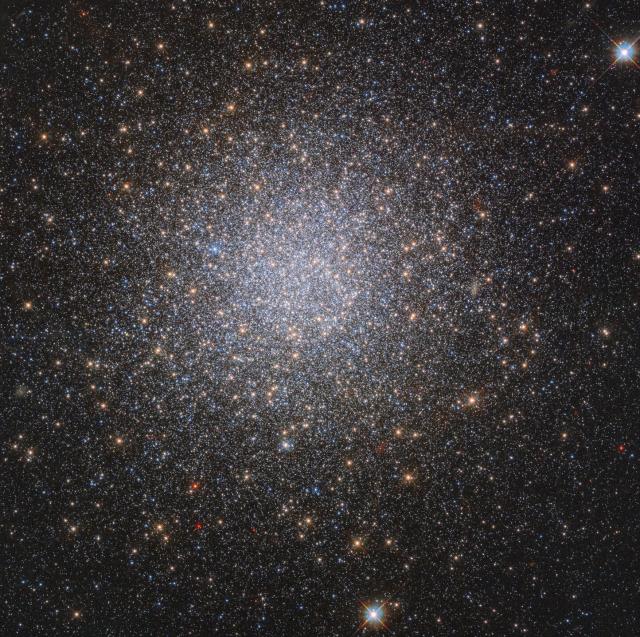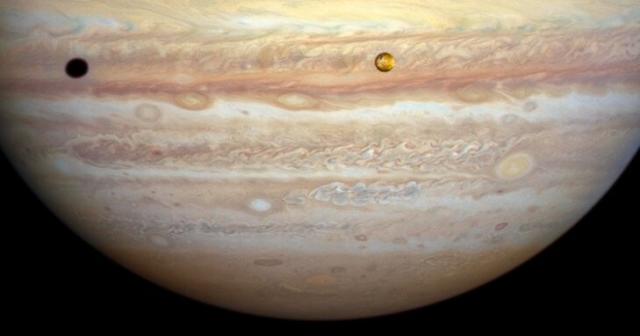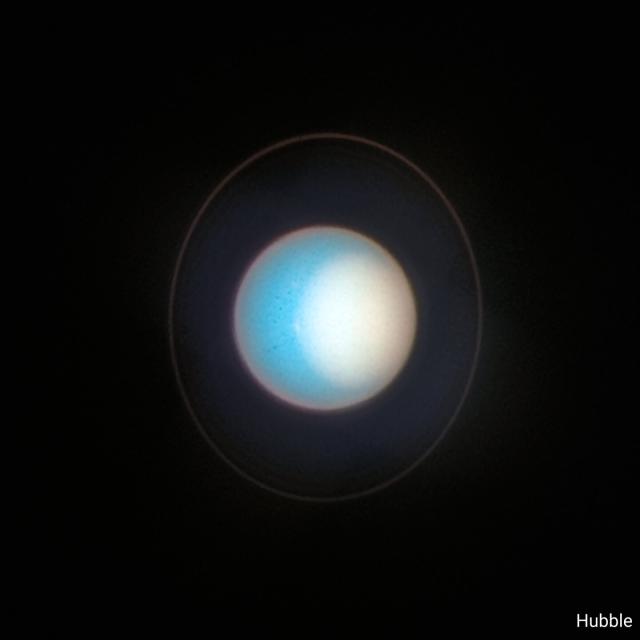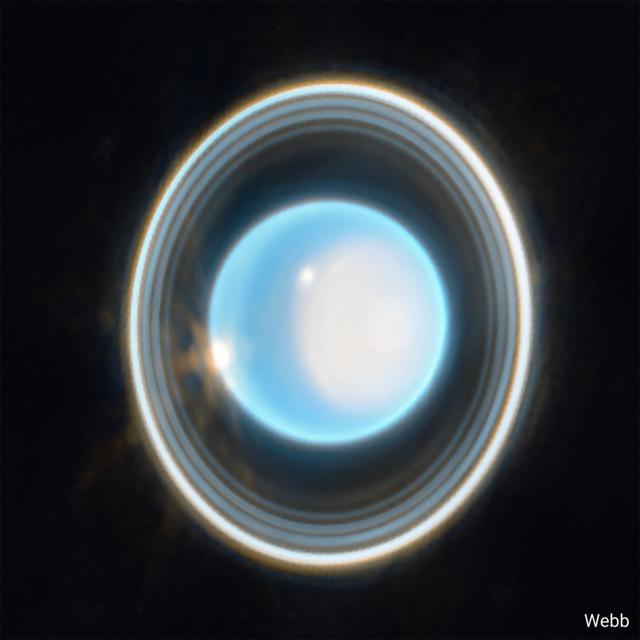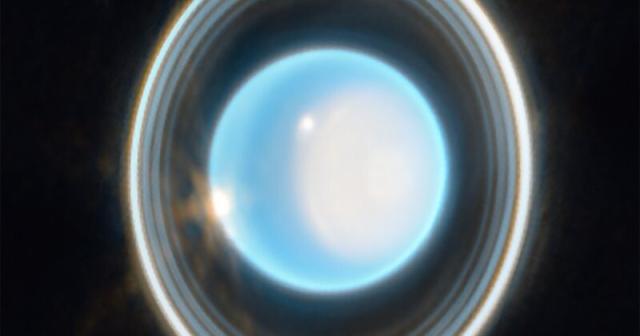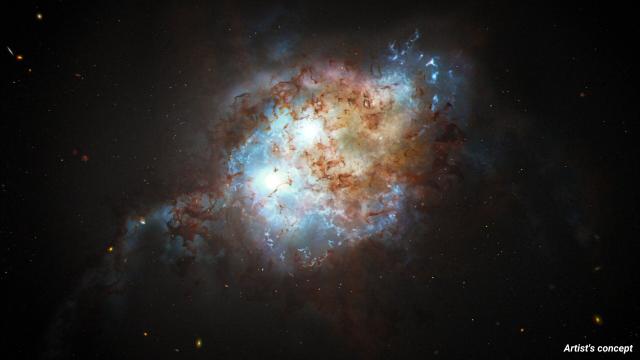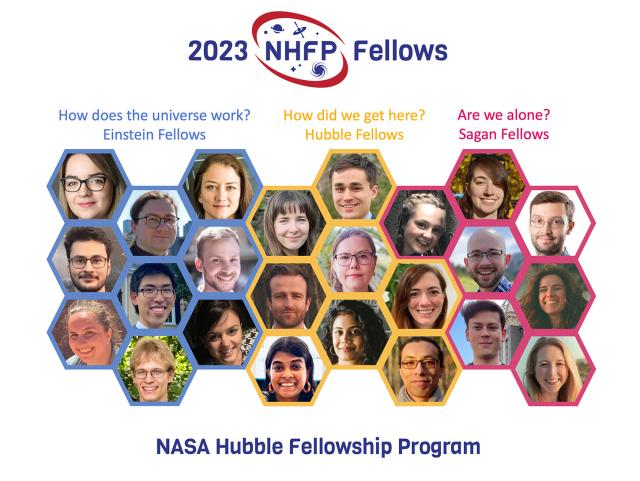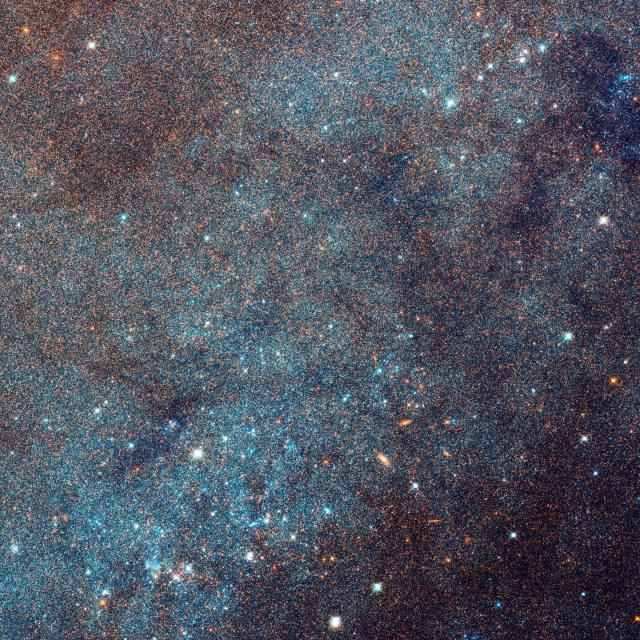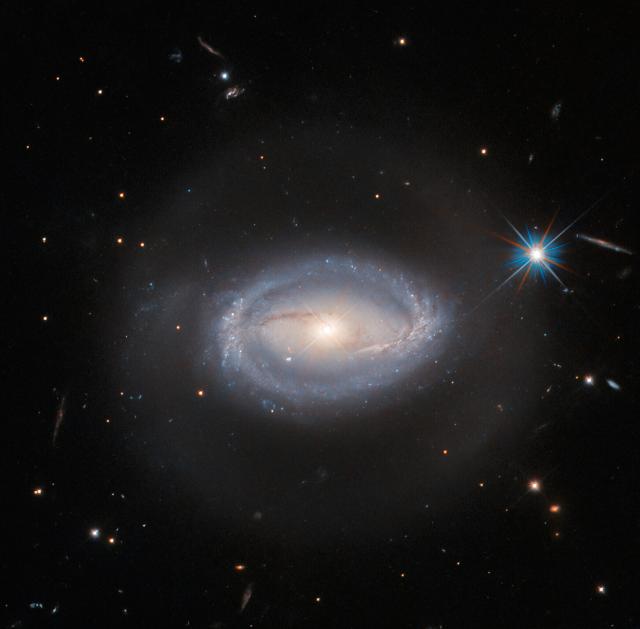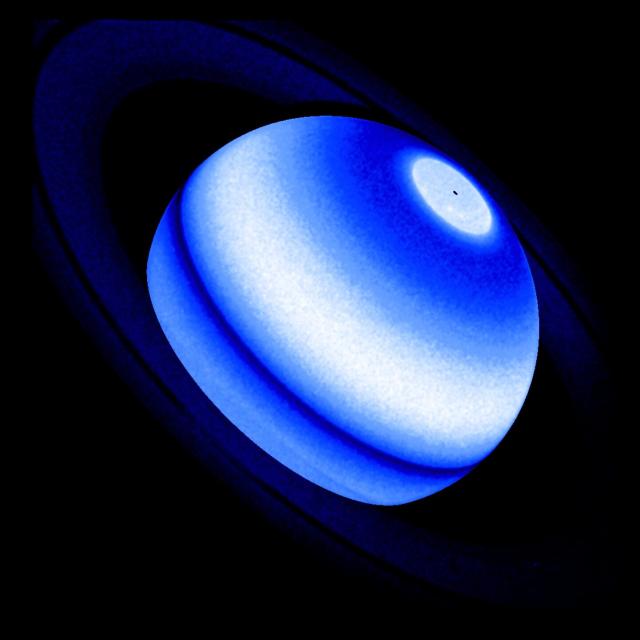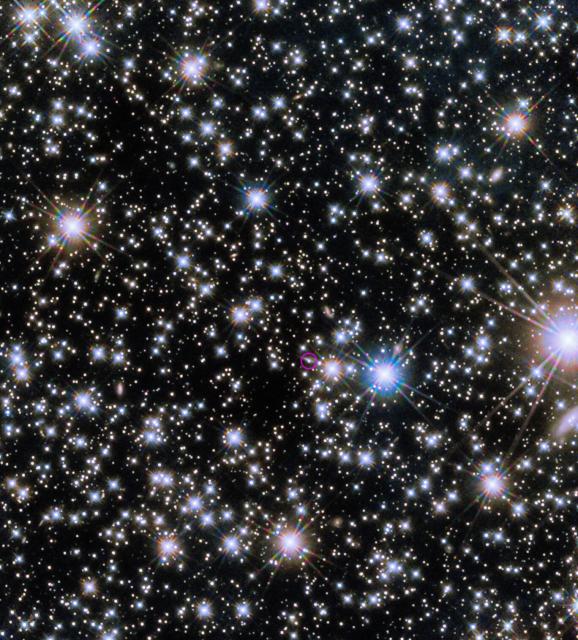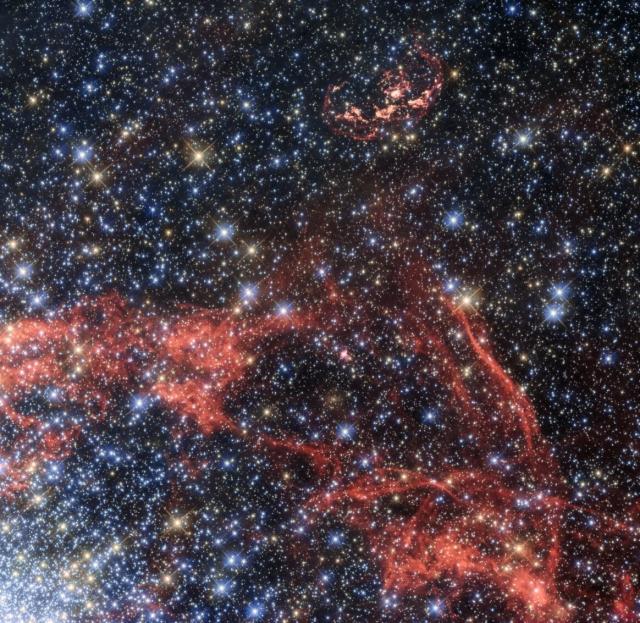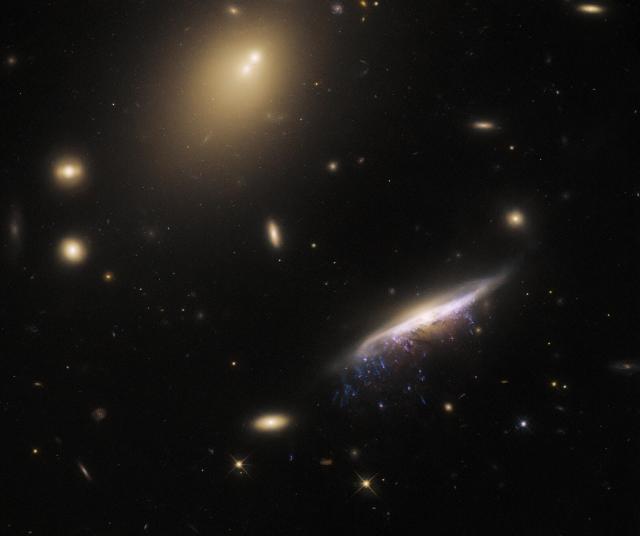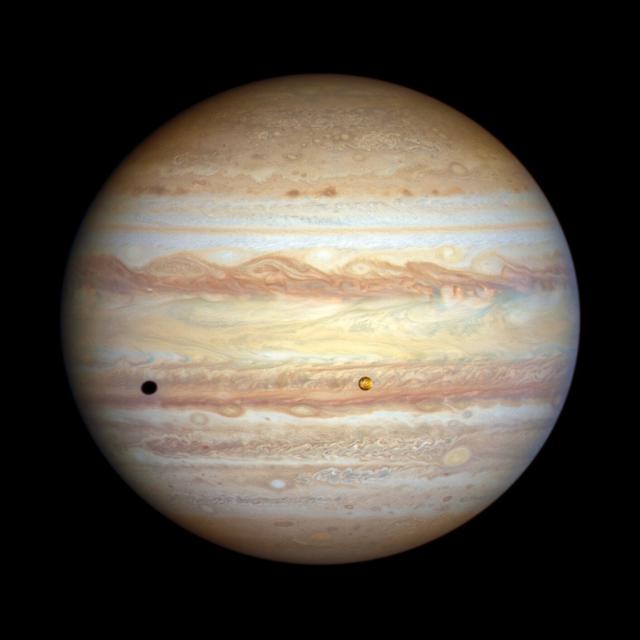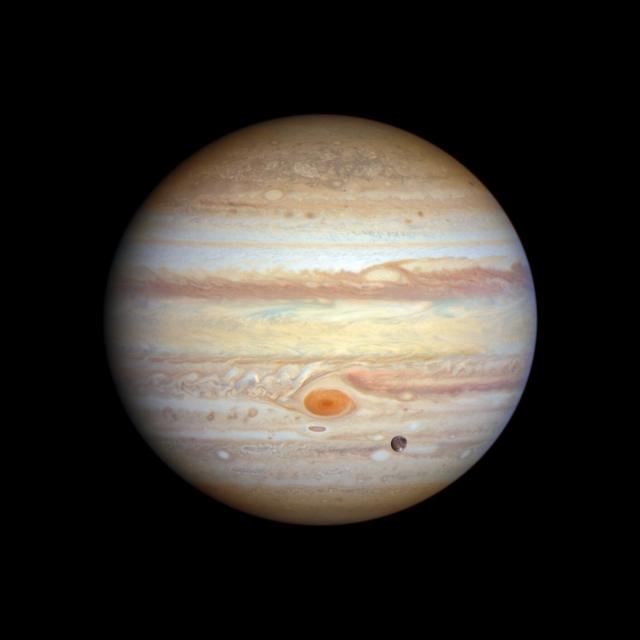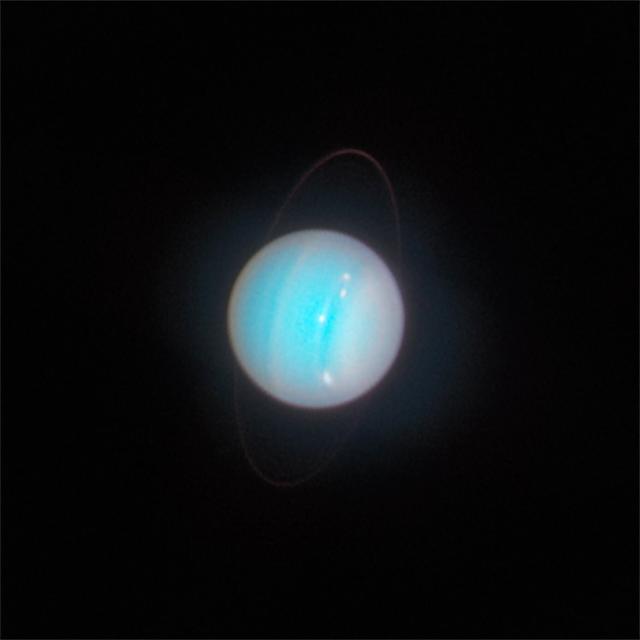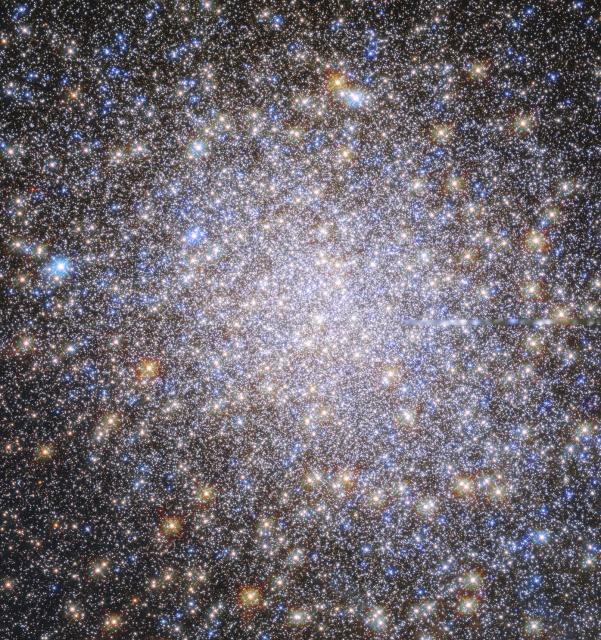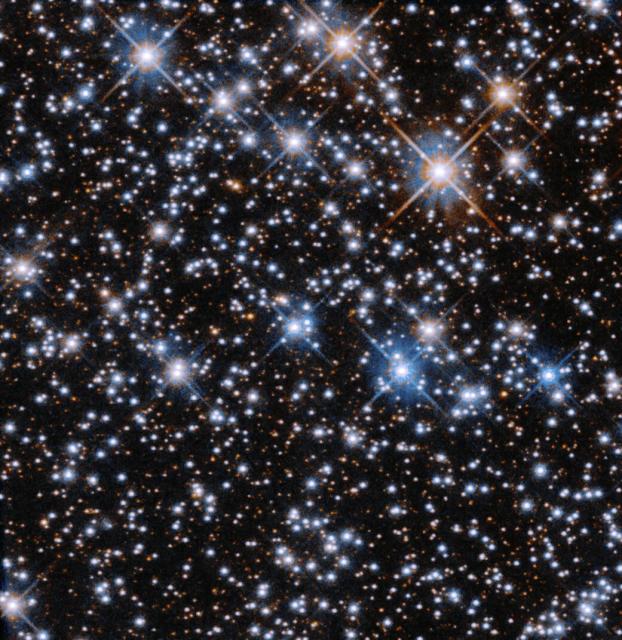Search
Items tagged with: hubble
Galaxy clusters are among the largest objects in the universe!
Studying them helps us learn more about the distribution of mysterious dark matter, which makes up most of a galaxy cluster's mass.
This #HubbleFriday view shows galaxy cluster ACO S520: go.nasa.gov/3LCZyFZ
#Hubble
Hubble Captures an Elusive Galaxy Cluster
A menagerie of interesting astronomical finds are visible in this image from the NASA/ESA Hubble Space Telescope.Andrea Gianopoulos (NASA)
Yesterday, @NASAGoddard welcomed @President_KR Yoon Suk Yeol and @VP Kamala Harris.
The visit included a meeting with Korean-American @nasa employees, like Hubble engineer Jessica Regalado (second from right in group photo from the event): go.nasa.gov/3AwwQQJ
#Hubble
VP Harris, South Korea President Yoon Visit NASA Goddard
Vice President Kamala Harris and Republic of Korea (ROK) President Yoon Suk Yeol saw firsthand how NASA studies climate change during a visit to NASA’s Goddard Space Flight Center in Greenbelt, Maryland, this afternoon.Rob Garner (NASA)
About two billion light-years away, a whole cluster of galaxies known as Abell 68 shines.
The massive gravitational field of Abell 68 is strong enough to bend the light paths of more distant galaxies, causing the warped shapes of some galaxies seen here: go.nasa.gov/442N3e1
#Hubble
The Hubble team is thrilled to share that our video “How Hubble Images Are Made” is @nasa’s 2023 Webby-award-winning entry! 🎉
In addition, five other NASA projects received the honor of winning People’s Voice Awards: nasa.gov/feature/best-of-the-i…
#Hubble
Best of the Internet: NASA Wins Webby Award, 5 People’s Voice Awards
NASA has earned one Webby award and five People’s Voice awards in the 27th annual Webby Awards Competition, recognizing excellence in online communications.Dacia Massengill (NASA)
Happy #WorldPenguinDay! 🐧
This Hubble view of interacting galaxies, known as Arp 142, resembles a penguin with its egg.
In reality, this galactic pair reside about 326 million light-years away in the southern constellation Hydra: go.nasa.gov/3V1SHsV
#Hubble
Take a look 260 million light-years away!
That's the distance to galaxy UGC 678, which shines in this week's #HubbleFriday image.
Find out more about this barred spiral galaxy: go.nasa.gov/3KV6611
#Hubble
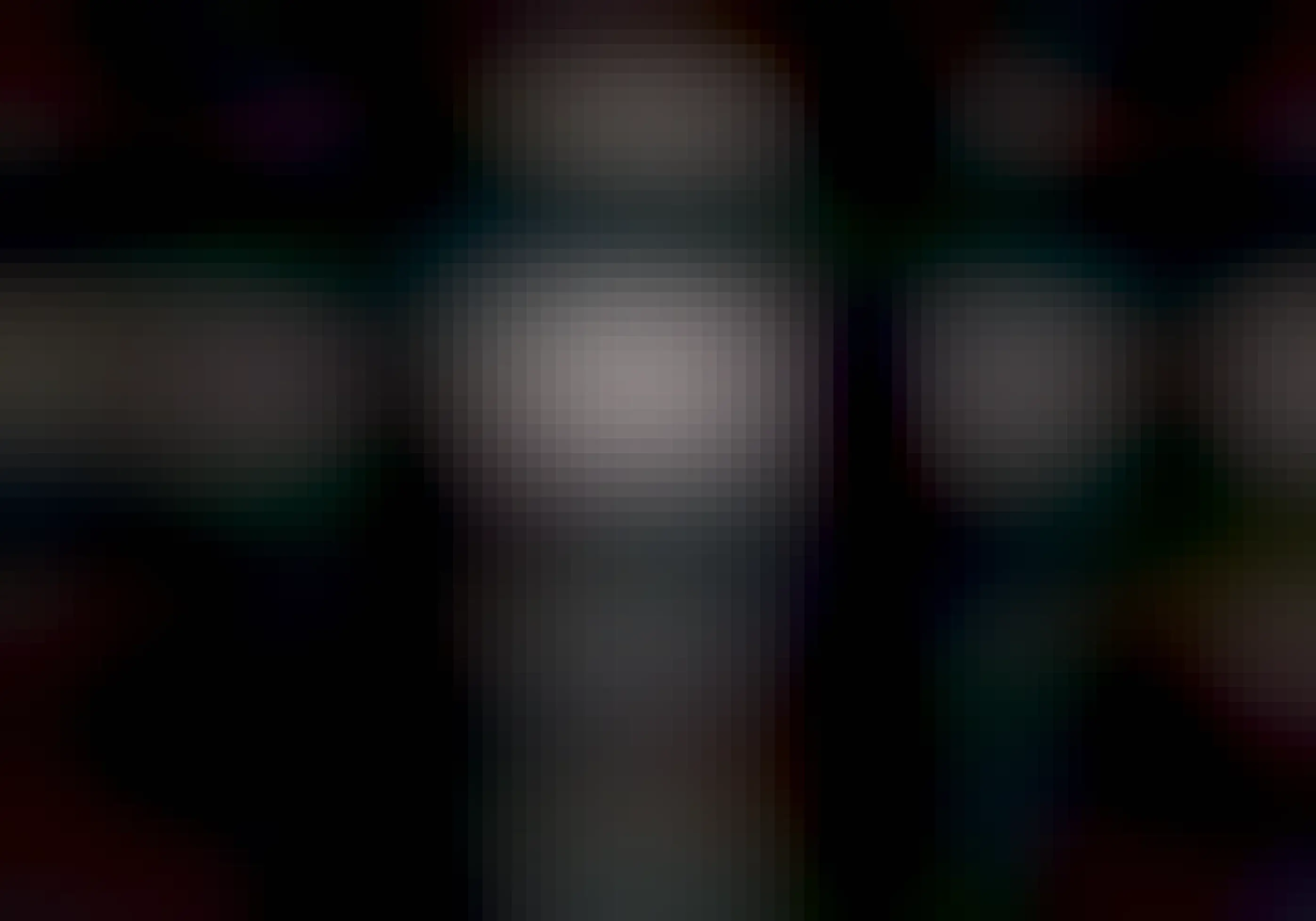
Hubble Spotlights a Swirling Spiral
The barred spiral galaxy UGC 678 takes center stage in this image from the NASA/ESA Hubble Space Telescope.Andrea Gianopoulos (NASA)
Explore Hubble's 33rd anniversary image with our senior project scientist, Dr. Jennifer Wiseman!
Learn more about this new image here: go.nasa.gov/3GVyXkN
#Hubble
Hubble Celebrates 33rd Anniversary with Image of Star-Forming Region
Astronomers are celebrating NASA's Hubble Space Telescope's 33rd launch anniversary with an ethereal photo of a nearby star-forming region, NGC 1333. The nebula is in the Perseus molecular cloud, and located approximately 960 light-years away.Andrea Gianopoulos (NASA)
To mark Hubble’s 33rd anniversary, this new image unveils a cauldron of starbirth! ⭐
NGC 1333 is a star-forming region 960 light-years away. Glowing gasses and pitch-black dust are stirred up and blown around by newly forming stars within the dark cloud: go.nasa.gov/3AdxLFv
#Hubble
Hubble Celebrates 33rd Anniversary with Image of Star-Forming Region
Astronomers are celebrating NASA's Hubble Space Telescope's 33rd launch anniversary with an ethereal photo of a nearby star-forming region, NGC 1333. The nebula is in the Perseus molecular cloud, and located approximately 960 light-years away.Andrea Gianopoulos (NASA)
#OTD 10 years ago, Hubble shared this infrared view of the Horsehead Nebula!
Harsh ultraviolet glare from a fledgling star near the top ridge of the nebula is slowly evaporating this pillar of hydrogen gas laced with dust.
Find out more: go.nasa.gov/3mFejP3
#Hubble
Hello, cosmic caterpillar!
This #HubbleClassic image shows a light-year-long knot of gas and dust. Its long shape is the result of ultraviolet radiation blasting from bright stars!
IRAS 20324+4057 is in the very earliest stages of becoming a star itself: go.nasa.gov/41pav3C
#Hubble
JO204 shines from 600 million light-years away!
The tendrils beneath the galaxy are caused by ram pressure stripping, as it moves against the intergalactic medium between galaxies in a galaxy cluster. More loosely bound gas then strips away: go.nasa.gov/3zZMrrQ
#Hubble
Hubble Spots a Galaxy with Tendrils
This image taken with the NASA/ESA Hubble Space Telescope shows JO204, a ‘jellyfish galaxy’ so named for the bright tendrils of gas that appear in this image as drifting lazily below JO204’s bright central bulk.Andrea Gianopoulos (NASA)
Space potato? 🥔
Thanks to observations from Hubble and the Keck Observatory, astronomers were able to generate a 3D model of the galaxy M87.
By tracking the motion of stars around the galaxy’s center, they determined that the galaxy is potato-shaped: go.nasa.gov/3MFV16L
#Hubble
Giant Galaxy Seen In 3D by NASA's Hubble and Keck Observatory
For the first time, astronomers have measured the three-dimensional shape of one of the biggest and closest elliptical galaxies to us, M87.Andrea Gianopoulos (NASA)
Butterfly? Hourglass?
Nope! This #HubbleClassic shows a star at the end of its life, casting off its outer layers.
The double-lobe structure was created as material funneled towards the poles of the star at the center.
Read more about "Hubble 12": go.nasa.gov/3Kq4psl
#Hubble
#Hubble
Cassiopeia A went out with a bang!
This supernova remnant, imaged by Hubble and @NASAWebb, is the leftover material from a massive star's death.
Studying Cas A across different wavelengths of light gives scientists a broader understanding of this supernova remnant.
#Hubble
#Hubble
Webb Reveals Never-Before-Seen Details in Cassiopeia A
A new mid-infrared image from NASA’s James Webb Space Telescope shows the supernova remnant Cassiopeia A (Cas A), created by a stellar explosion seen from Earth 340 years ago.Isabelle Yan (NASA)
Have a stellar #HubbleFriday! ⭐
This image showcases the globular cluster NGC 2419. Globular clusters are roughly spherical groupings of stars bound together by their mutual gravitational attraction.
Explore more: go.nasa.gov/3UgX9TY
#Hubble
Hubble Spies a Multi-Generational Cluster
This image from the NASA/ESA Hubble Space Telescope shows the globular star cluster NGC 2419.Andrea Gianopoulos (NASA)
Hubble's latest view of Uranus, taken in visible light, shows the planet's north polar cap which continues to get brighter.
As Uranus's northern summer solstice approaches in 2028 the cap may grow brighter still, and will be aimed directly toward Earth.
Hubble Monitors Changing Weather and Seasons at Jupiter and Uranus
Hubble – as interplanetary meteorologist – is keeping track of the outer planets' weather, as it does every year.Andrea Gianopoulos (NASA)
"Ring in" @NASAWebb's new image of Uranus!
Hubble has observed the planets in our solar system for decades, and its consistent check-ins give astronomers a wealth of data about their atmospheres and weather.
Now with Webb on the job as well, we can learn even more! ⬇️
#Hubble
Webb's powerful infrared vision unveils Uranus's faintest dusty rings along with bright features in the planet’s atmosphere.
Together, Hubble & Webb will continue to observe the planets in our solar system and teach us more about our cosmic neighbors!
NASA’s Webb Scores Another Ringed World With New Image of Uranus
Following in the footsteps of the Neptune image released in 2022, NASA’s James Webb Space Telescope has taken a stunning image of the solar system’s other ice giant, the planet Uranus.Jamie Adkins (NASA)
Two's company, and three's a crowd... even when it comes to black holes!
Hubble detected evidence of a "runaway" black hole that was ejected from its host galaxy after a tussle between it and two other black holes. Find out more: go.nasa.gov/3KNoLxf
#Hubble
Hubble Sees Possible Runaway Black Hole Creating a Trail of Stars
There's an invisible monster on the loose, barreling through intergalactic space so fast that if it were in our solar system, it could travel from Earth to the Moon in 14 minutes.Andrea Gianopoulos (NASA)
Our video "How Hubble Images Are Made" shares how the telescope's iconic images are captured and processed – and now it's a nominee for the #Webbys! You can vote here: wbby.co/31912N
Plus, learn about all nine @nasa nominees: nasa.gov/feature/nasa-receives…
#Hubble
NASA Receives Nine 2023 Webby Award Nominations
Members of the public can vote for the Webbys' People's Voice Awards through 2:59 a.m. EDT April 21.Brian Dunbar (NASA)
Quasars are bright objects powered by supermassive black holes that blast out energy as they consume everything within their gravitational grasp.
Hubble detected a pair of quasars that existed when our universe was just 3 billion years old: go.nasa.gov/3U96spd
#Hubble
Hubble Unexpectedly Finds Double Quasar in Distant Universe
Using NASA's Hubble Space Telescope and other space and ground-based observatories, astronomers investigating these developments have made an unexpected and rare discovery: a pair of gravitationally bound quasars, both blazing away inside two merging…Andrea Gianopoulos (NASA)
Because of how long it takes distant light to reach Hubble, this double quasar no longer exists.
Over the past 10 billion years, their host galaxies have likely settled into an elliptical galaxy, and the quasars have merged to become a supermassive black hole at its center.
#Hubble
Meet the 2023 class of the NASA Hubble Fellowship Program!
These 24 Fellows will pursue independent research in any area of NASA Astrophysics. The program grants them three years of support at an American university or research center of their choosing: go.nasa.gov/3zsHoA1
#Hubble
NASA Awards Astrophysics Postdoctoral Fellowships for 2023
NASA has selected 24 new Fellows for its prestigious NASA Hubble Fellowship Program (NHFP). The NHFP is one of the highlights of NASA's pursuit of excellence in astrophysics.Andrea Gianopoulos (NASA)
Hey, neighbor!
The Andromeda Galaxy is the nearest major galaxy to ours, at a distance of about 2.5 million light-years.
This #HubbleClassic view shows just a portion of Andromeda. Learn more about the galaxy "next door": go.nasa.gov/3U0QLQP
#Hubble
About 390 million light-years away, the galaxy Z 229-15 shines in this #HubbleFriday image!
Its luminous heart is caused by a disk of material heating as it swirls toward the black hole at the galaxy's core: go.nasa.gov/40uKG1z
#Hubble
Hubble Views an Intriguing Active Galaxy
This luminous image from the NASA/ESA Hubble Space Telescope shows Z 229-15, a celestial object that lies about 390 million light-years from Earth in the constellation Lyra.Andrea Gianopoulos (NASA)
#OTD last year, we shared news of Hubble's detection of the farthest individual star ever seen!
Go "inside the image" of the star Earendel to learn about this record-breaking observation.
You can read more here: go.nasa.gov/42UdpOY
#Hubble
Record Broken: Hubble Spots Farthest Star Ever Seen
NASA’s Hubble Space Telescope has established an extraordinary new benchmark: detecting the light of a star that existed within the first billion years after the universe’s birth in the big bang – the farthest individual star ever seen to date.Andrea Gianopoulos (NASA)
Saturn is known for its iconic rings.
And with Hubble's help, now we know that these rings are also heating the giant planet's upper atmosphere!
This could provide a tool for predicting if planets around other stars have ring systems as well. Learn more: go.nasa.gov/3ZtFlWV
#Hubble
Hubble Finds Saturn's Rings Heating Its Atmosphere
Saturn's vast ring system is heating the giant planet's upper atmosphere. The phenomenon has never before been seen in the solar system.Andrea Gianopoulos (NASA)
Beverly Johnson is one of the many women who help Hubble make history!
As Hubble's payload team manager, she supports flight software updates and investigates any issues that arise with the observatory's science instruments.
A pulse of intense radiation swept through our solar system that astronomers called the BOAT: the brightest of all time.
Several @nasa missions, including Hubble, have followed up to study this gamma-ray burst, likely caused by the birth of a black hole: go.nasa.gov/3zeNjbz
#Hubble
NASA Missions Study What May Be a 1-In-10,000-Year Gamma-ray Burst
On Sunday, Oct. 9, 2022, a pulse of intense radiation swept through the solar system so exceptional that astronomers quickly dubbed it the BOAT – the brightest of all time.Francis Reddy (NASA)
Can you spot the supernova remnant?
SNR 0509-68.7 is the bright region of reddish dust near the upper center in this #HubbleClassic view.
After a star's explosive death in a supernova, the left-behind gas & dust are known as a supernova remnant: go.nasa.gov/3Kfk3I6
#Hubble
Welcome to the galaxy JW100.
Located about 800 million light-years away, it resides in the constellation Pegasus.
Seen at the lower right of this #HubbleFriday image, JW100 is known as a jellyfish galaxy because of its "tendrils" of star-forming gas: go.nasa.gov/40fgqHB
#Hubble
Hubble Snaps a Galactic Jellyfish
Streams of star-forming gas dripping from the disk of galaxy JW100 are formed by a process called ram pressure stripping.Andrea Gianopoulos (NASA)
We’ve got an outer planet weather report!
Hubble regularly checks in on the outer planets in our solar system to monitor changes in seasons and atmospheres. New images of Jupiter and Uranus show storms, cloudy bands, and more: go.nasa.gov/3ly4yBD
#Hubble
Hubble Monitors Changing Weather and Seasons at Jupiter and Uranus
Hubble – as interplanetary meteorologist – is keeping track of the outer planets' weather, as it does every year.Andrea Gianopoulos (NASA)
"What I've learned is that you have to have confidence in yourself. You have to believe in yourself. Stand your ground and just keep moving forward."
Meet Daria Outlaw, who provides IT support that helps the Hubble team keep making history.
To close out Hubble's 2023 #MessierMarathon, here's a new image of M19!
M19 is a star cluster with a slightly elongated shape. It's relatively close to the heart of our Milky Way, so the gravity from the galactic center could be stretching it: go.nasa.gov/40mqDld
#Hubble
Messier 19
M19 was discovered by Charles Messier in 1764. The cluster is located 28,500 light-years from Earth in the constellation Ophiuchus and is most easily observed during July.Rob Garner (NASA)
The Messier catalog features beautiful stargazing sights that amateur astronomers and observatories like Hubble observe.
You can explore all of Hubble's Messier views and learn more about these cosmic objects here! ⬇️ go.nasa.gov/40fkNlM
#Hubble
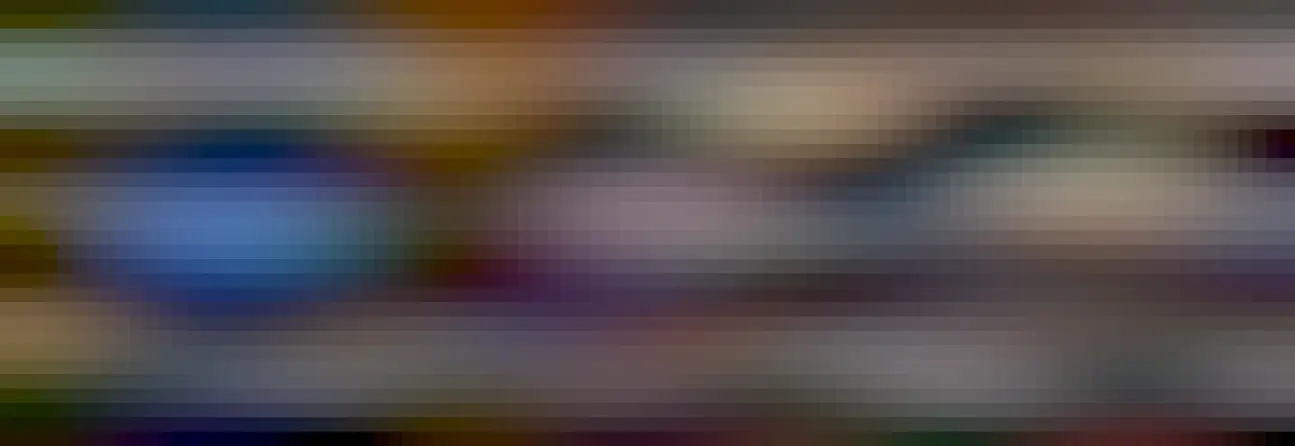
Explore - The Night Sky | Hubble’s Messier Catalog
NASA.gov brings you the latest images, videos and news from America's space agency. Get the latest updates on NASA missions, watch NASA TV live, and learn about our quest to reveal the unknown and benefit all humankind.NASA
If you’re in the northern hemisphere, this is an ideal time of year to spot cosmic objects from the Messier Catalog in the night sky – like the sparkling star cluster M7, seen in this new Hubble image!
M7 contains about 80 stars, loosely bound by gravity: go.nasa.gov/40mSIcq
#Hubble
The Messier Catalog is a resource that includes many astronomical sights from the northern hemisphere. We’re sharing new Hubble images of Messier objects so you can “stargaze” from your screen.
Join us for a mini #MessierMarathon, no matter where you are!
go.nasa.gov/3LF6e6K
#Hubble

Explore - The Night Sky | Hubble’s Messier Catalog
NASA.gov brings you the latest images, videos and news from America's space agency. Get the latest updates on NASA missions, watch NASA TV live, and learn about our quest to reveal the unknown and benefit all humankind.NASA
